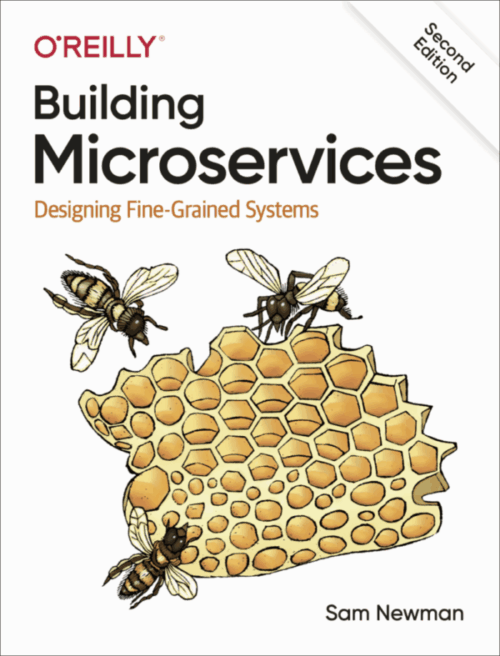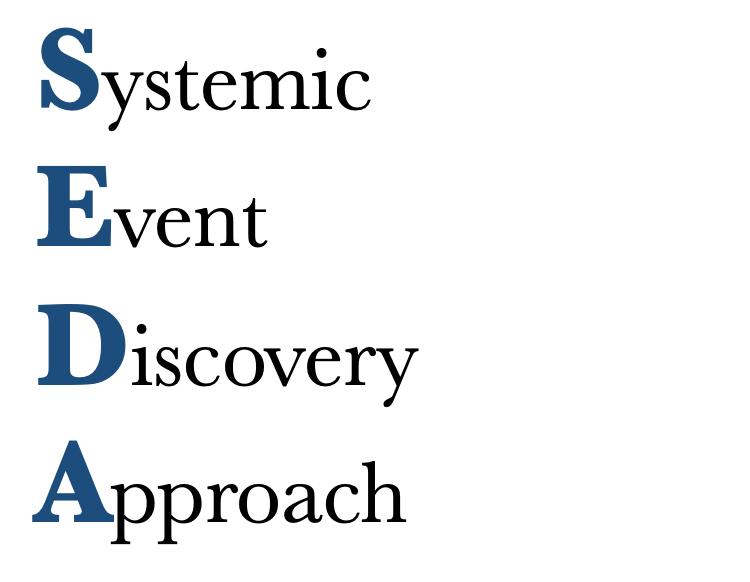In today’s hyper-dynamic digital ecosystems, the traditional model of Managed Services1 is no longer up to the task. Designed initially for stability and predictability, it is being stretched to the breaking point today by accelerated change, growing platform complexity, and the constant quest for innovation.
Managed services are actually about contracting out particular IT functions, like infrastructure management, application support, or platform operations, to a specialist group or third-party vendor.
Simply keeping the lights on isn’t enough anymore. Organizations need more than just functioning systems. They need systems that can grow, adapt, and improve over time. That means rethinking managed services not just as a way to maintain operations, but as a foundation for ongoing transformation.
Through the inclusion of AI, product-focused strategies, and unrelenting change, Managed services can be driven from reactive, cost-driven to proactive innovation drivers. This is more than a technical upgrade, but a mindset shift.
Traditional Managed Services – Features & Problems
Traditional Managed Services were created for another age, where stability, predictability, and cost control were the key concerns. They’re centered on rigid contracts and measure success by means of ticket volume, SLA attainment, and system up-time. While they’ve been effective at keeping business running at status quo, they fall short in this day and age, where flexibility, velocity, and the ability to change are essential.
Core characteristics of traditional Managed Services are:
- Reactive Approach: Operations focus primarily on fixing issues when they happen, in a break-fix model2.
- Siloed Support Teams: Support operations remain siloed with little coordination or alignment with product or development teams.
- SLA-Centric Metrics: Success is measured based on how fast tickets get closed, rather than on the impact to business outcomes.
- Excessive Reliance on Manual Processes: Low levels of automation lead to time-consuming incident resolution and root cause analysis.
- Limited Feedback Loops: Exploits from operations rarely make their way back into product enhancements or platform improvements.
- Cost-Centric Mindset: Managed services often are viewed as a cost to be managed, rather than as a strategic asset that has the potential to create value.
At their core, traditional Managed Services are designed to keep things running; not to foster learning, adaptability, or long-term value.
The Shift – From Support to Strategic Enabler
To keep up with the demands of today’s digital landscape, Managed Services must evolve from passive support functions into active participants in value creation.
Transforming Managed Services isn’t just about updating support teams or a technology stack. It’s about changing the way the entire organization approaches operations, accountability, and growth.
At the core of this shift is a new mindset, which is operations can’t just focus on fixing issues and hitting SLAs. They need to become a driving force behind ongoing, strategic change. Getting there means taking action on several fronts:
- Team structures need to move away from isolated, siloed models and toward cross-functional, product-aligned teams that take full ownership from start to finish.
- Culture should prioritize learning instead of blame, encourage experimentation over rigid rules, and foster curiosity rather than blind compliance.
- Architecture should be built to support change, with modular designs, automation, and platforms that allow for fast, flexible iteration.
- Processes must evolve from rigid, control-heavy systems to adaptive and evolving approaches that enable safe, frequent, and efficient change.
- Contracts and KPIs should shift from tracking inputs like hours or ticket counts to measuring meaningful outcomes like resilience, speed, and user experience.
Practices such as Site Reliability Engineering, DevOps automation, and Domain-Oriented observability3 are at the heart of this transformation.
Continuous Transformation – Operate & Evolve
Today’s systems need to be built with continued enhancement in their thinking and next-generation Managed Services are the recipe for making that happen. As a matter of fact, it’s not an option anymore of building or running a system.
It is founded on product, platform, and operation teams’ collective ownership. It requires architectures that enable secure, incremental change, and adaptive governance that manages risk through automation, transparency, and data instead of bureaucracy.
Transformation is NOT a one-time event, but the beginning of an ongoing journey.

In other words, managed services must go beyond merely supporting change. They need to become the driving force behind continuous, safe, and sustainable transformation. To achieve this, we need to modernize our ecosystem and look at it from different perspectives. SEDA, as an innovative framework, enables us to do exactly that.
Applying SEDA Lens to Managed Services
The Systemic Event Discovery Approach (SEDA) provides a powerful way to rethink and evolve Managed Services. At its heart, SEDA is about spotting patterns in systemic events, making sense of what they mean, and shaping thoughtful, flexible responses. It’s a natural match for the kind of ongoing change that today’s operations demand.
When applied to managed services, SEDA helps shift the focus:
| Traditional View | SEDA-Informed View |
|---|---|
| Incidents are noise to eliminate | Incidents are signals to learn from |
| Support is about resolution | Support is about discovery and adaptation |
| Operational data is siloed | Operational data drives systemic insight |
| Change is disruptive | Change is inherent and designed for |
By following SEDA principles, teams can begin to see the runtime environment as a dynamic, living system, one that constantly exposes its own constraints, weaknesses, and opportunities as it runs. In practice, this means:
- See incidents as signals from the system itself, not just isolated operational hiccups.
- Build feedback loops that connect what’s happening in day-to-day operations directly to how we design and architect the platform.
- Let the system guide our evolution and learn from what it tells us, not just what’s listed in the backlog.
From the SEDA perspective, Continuous Transformation happens naturally in systems that are able to observe themselves, interpret what is happening, and change as a result. Operations turn into experimentation, every occurrence turns into a learning event, and change is not something forced upon the system from the outside. It happens naturally as a result of observing the way the system actually operates over time.
The Role of AI – From Insight to Action
Artificial Intelligence is more than automation. It is a question of enhancing intelligence across the system. Carefully integrated, AI helps managed services move beyond incident reaction. Instead, it provides deeper insight and more proactive, forward-looking action.
But AI is only as great as the ecosystem it supports. Without the proper architecture, visibility, and feedback loops, it can wind up as yet another dashboard. Used wisely, though, AI can be a powerful catalyst for Continuous Transformation.
The real Impact of AI
Artificial Intelligence can add significant value to Managed Services, especially during periods of transformation. Its applications range from incident classification to forecasting market demand. In this overview, we’ll explore some of the most practical and impactful ways AI is being used in modern managed services.
One of the quickest ways AI delivers value is through Incident Triage & Classification. With combination of SLM and LLM, AI can automatically read and interpret incoming tickets, group related issues, spot duplicates, and assign categories or priorities, all with little to no human involvement. It can even suggest likely solutions by drawing on past data.
In managed services … organizations can demystify AI, learn lessons and provide a clear example of the business impact that can be expanded to other AI use cases – uncovering new revenue opportunities, creating personalized customer experiences, or solving seemingly intractable business issues.4
— Mathew Lee, Global Head of DAMO Managed Services, Thoughtworks
Furthermore, it can analyze large volumes of operational data, including logs, metrics, traces, and events, to Root Cause Analysis & Pattern Detection that might be missed by human operators. This shortens MTTD5 and MTTR6.
AI models analyze trends in system metrics, configurations, and usage patterns to enable Predictive Maintenance & Detect Drift, such as declining performance, configuration mismatches, or unusual activity. Rather than waiting for issues to escalate into incidents, teams can take proactive steps to address problems early.
Artificial Intelligence, in managed services, can be a powerful tool for Demand Forecasting & Capacity Planning. By analyzing historical usage trends, seasonal patterns, and external factors, such as marketing campaigns or product launches, it helps teams predict future demand more accurately.
Conclusion – Beyond Break-Fix
The age of reactive, break-fix Managed Services is behind us. It’s no longer enough to merely keep the lights on or achieve mediocre SLAs. Business today operates in fast-changing, highly interconnected environments where real value is created through continuous transformation.
Modern Managed Services need to do more than just keep things running. By blending engineering expertise, AI-powered insights, and a systems thinking approach inspired by frameworks like SEDA, they can shift from simply providing support to playing a strategic role.
Operations in this new framework aren’t just a cost center, but are a necessary engine for continual discovery. Operations bring to the surface what is working, what isn’t working, and where the system is naturally headed next. The teams that formerly just ran the system now co-create as co-contributors, shaping its constant evolution.
- Managed services is the practice of outsourcing the responsibility for maintaining, and anticipating need for, a range of processes and functions, ostensibly for the purpose of improved operations and reduced budgetary expenditures through the reduction of directly-employed staff. Wikipedia ↩︎
- Break-fix refers to the method of providing IT services and support to businesses by addressing issues only when they break and require a fix. There is no continuous or preventive maintenance involved. amorserve ↩︎
- Domain-Oriented Observability, Pete Hodgson, ↩︎
- Operationalizing AI: Why managed services is the ideal place to start, Mathew Lee ↩︎
- Mean Time to Detect (MTTD) is to the average time it takes your teams and systems to detect a fault. splunk ↩︎
- Mean Time To Recover (MTTR) refers to the average amount of time it takes to repair or recover from an issue or failure in a system, equipment, or process. splunk ↩︎





